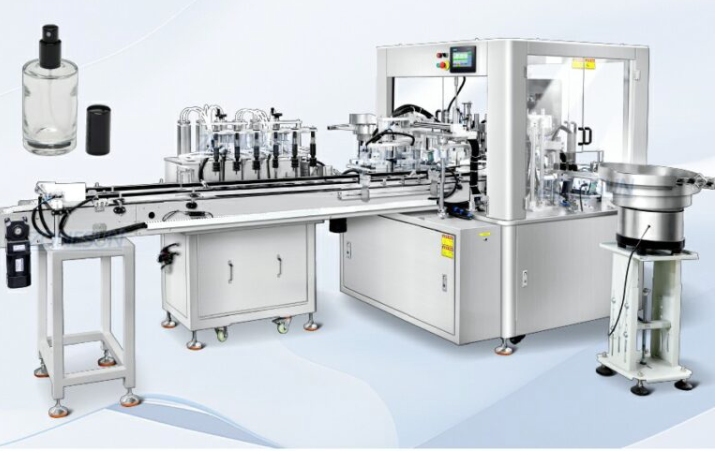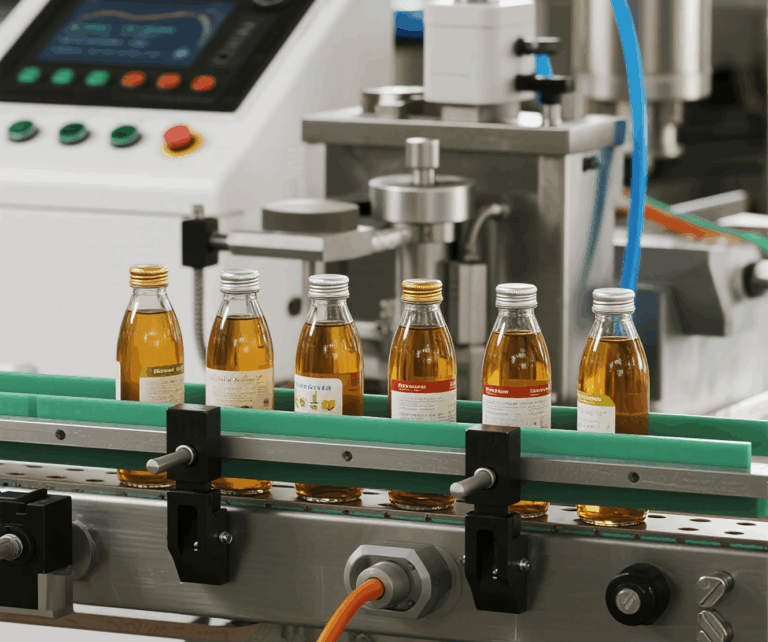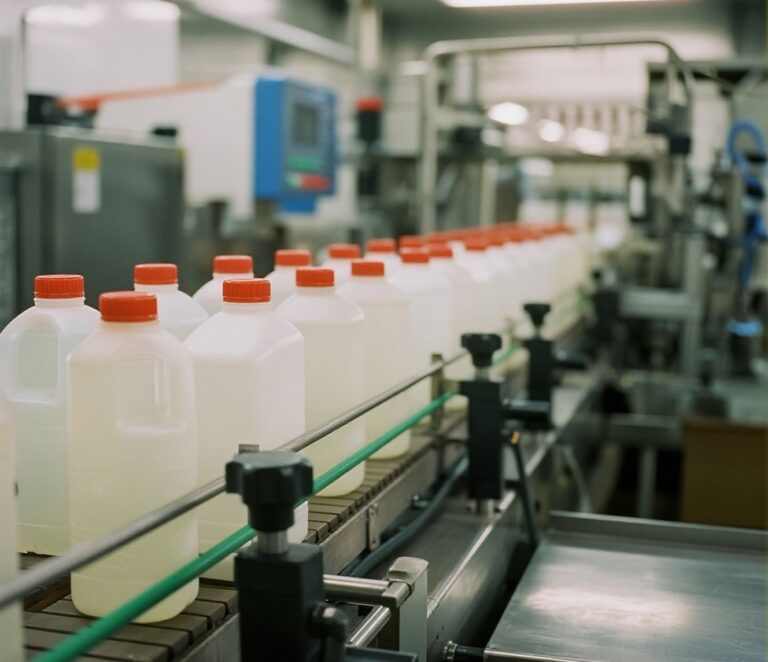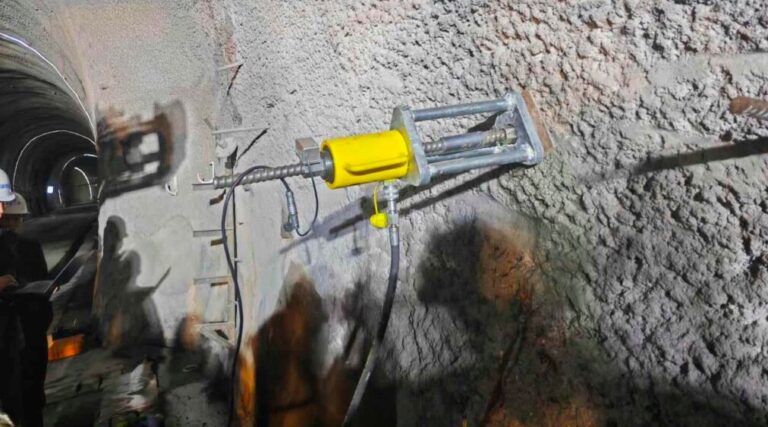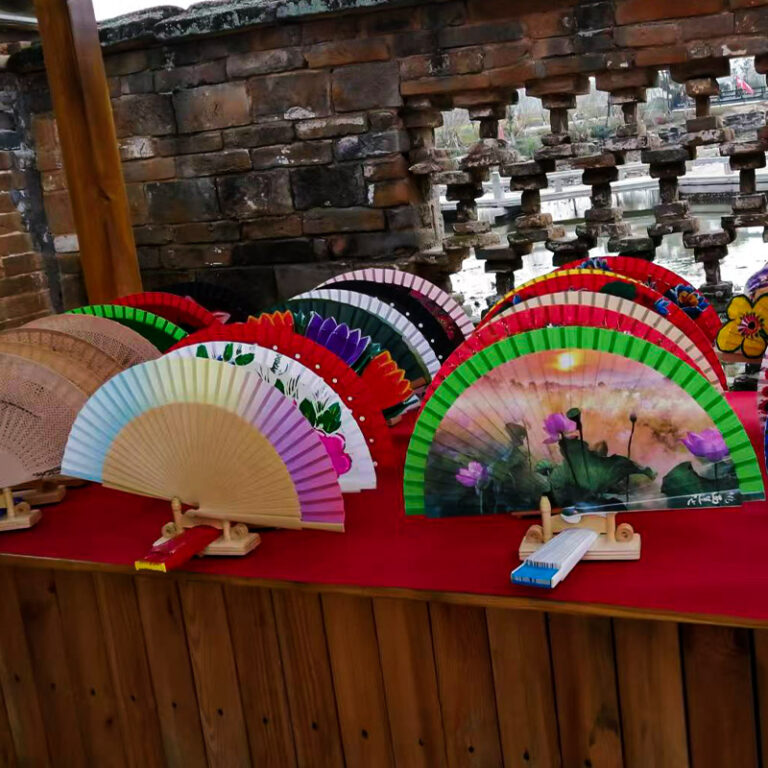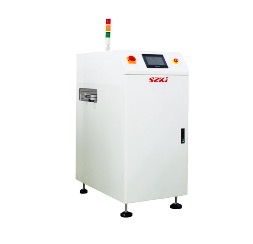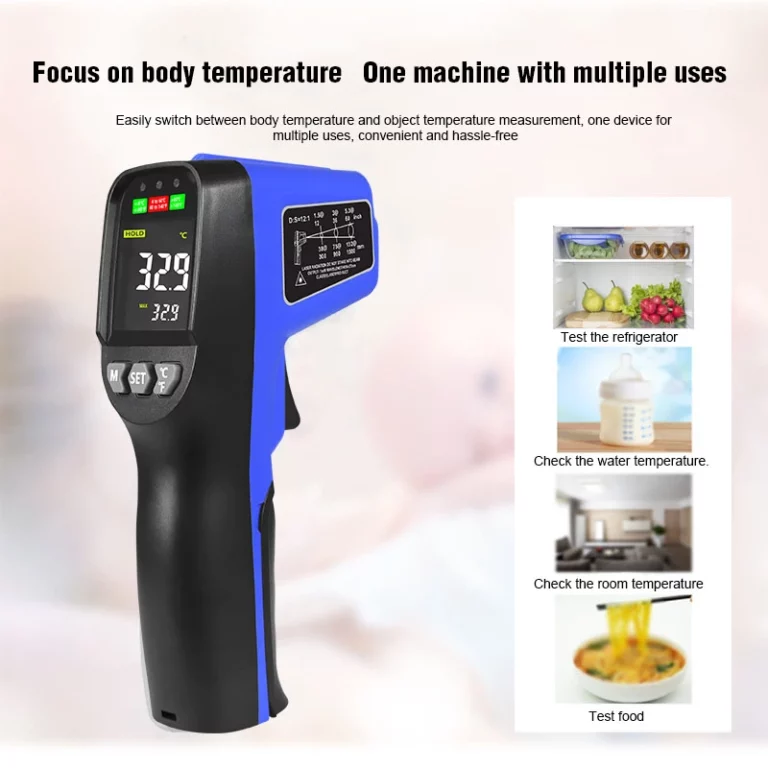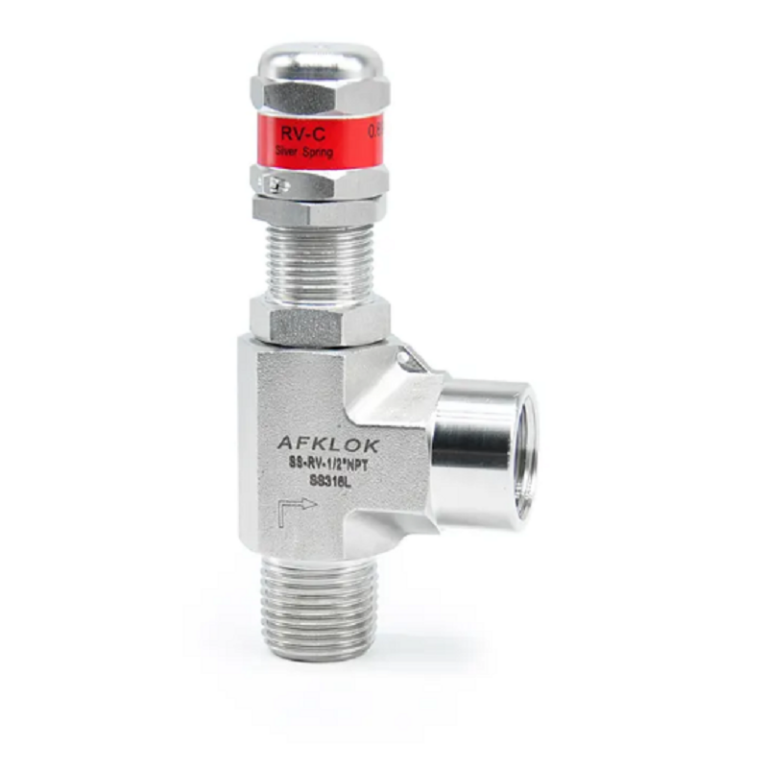Safety valves are classified based on various criteria, including their overall structure, loading mechanism, medium discharge method, disc opening points, action principle, pressure adjustment, and working temperature. Here is a detailed breakdown:
- Based on the Overall Structure and Loading Mechanism
A.Heavy Hammer Lever Type Safety Valve
Structure: Uses a heavy hammer and a lever to balance the force acting on the disc.
Principle: Utilizes the lever principle to amplify a small weight to achieve a larger force.
Adjustment: Adjusts the opening pressure by moving the position of the weight hammer or changing its weight.
Advantages: Simple structure, easy and accurate adjustment.
Disadvantages: Bulky, prone to vibration, low seating pressure, and difficulty in maintaining a tight seal after opening.
Applications: High-temperature environments, boilers, and high-temperature pressure vessels.
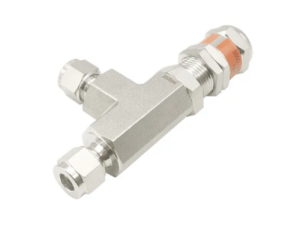
B.Spring-Actuated Safety Valve
Structure: Uses the force of a compression spring to balance the force acting on the disc.
Adjustment: Adjust the opening pressure by compressing the spring via an adjusting nut.
Advantages: Light and compact, high sensitivity, low sensitivity to vibration, suitable for mobile pressure vessels.
Disadvantages: Load increases with valve opening, reduced spring elasticity at high temperatures.
Applications: Various industrial applications, including high-temperature and mobile pressure vessels.
C.Pulse Type Safety Valve
Structure: Composed of a main valve and an auxiliary valve, where the main valve is driven by the pulse action of the auxiliary valve.
Advantages: Suitable for large safety discharge applications.
Disadvantages: Complex structure.
Applications: Boilers and pressure vessels with large safety discharge requirements.
- Based on the Medium Discharge Method
A.Fully Enclosed Safety Valve
Structure: All discharged gas is routed through an exhaust pipe, preventing any medium from leaking outside.
Applications: Containers with toxic or flammable gases.
B.Semi-Enclosed Safety Valve
Structure: Part of the discharged gas passes through the exhaust pipe, while some leaks from the gap between the valve cover and the valve stem.
Applications: Containers with non-polluting gases.
C.Open Safety Valve
Structure: The cover is open, allowing the spring chamber to communicate with the atmosphere, which helps reduce spring temperature.
Applications: Containers with steam or high-temperature gases that do not pollute the atmosphere.
- Based on Disc Opening Points
A.Micro-Opening Safety Valve
Opening Height: Less than 1/4 of the flow passage diameter (usually 1/40 to 1/20).
Action: Proportional action.
Applications: Liquid media and gas media with small emissions.
B.Full-Opening Safety Valve
Opening Height: Greater than or equal to 1/4 of the flow passage diameter.
Action: Two-stage action, requiring a lifting mechanism to fully open.
Applications: Gas media.
C.Mid-Opening Safety Valve
Opening Height: Between micro-opening and full-opening.
Action: This can be two-stage or proportional action.
Applications: Various media depending on the specific requirements.
- Based on the Action Principle
A.Direct-Acting Safety Valve
Principle: Opens directly under the pressure of the working medium, overcoming the mechanical load imposed by the loading mechanism.
Advantages: Simple structure, quick action, good reliability.
Disadvantages: Limited load, not suitable for high-pressure and large-caliber applications.
Applications: General industrial applications.
5. Indirect-Acting Safety Valve
Types:
Pilot Safety Valve: Driven or controlled by the medium discharged from a pilot valve.
Safety Valve with Power Auxiliary Device: Forced to open with the help of a power auxiliary device at pressures below the normal opening pressure.
Advantages: Suitable for high-pressure and large-caliber applications, good sealing performance, less affected by back pressure.
Disadvantages: More complex structure, slower and less reliable action compared to direct-acting valves.
Applications: High-pressure and large-caliber systems, regular testing and maintenance, emergencies.
- Based on Pressure Adjustment
A.Fixed Safety Valve
Pressure Value: Set at the factory and cannot be changed during use.
Applications: Central air conditioning, wall-hung boilers, solar energy systems.
B.Adjustable Safety Valve
Pressure Value: This can be set within a certain range according to user needs.
Applications: Systems requiring frequent changes in protection pressure, such as S10 series safety valves.
- Based on Working Temperature
A.Normal-Temperature Safety Valve
Temperature Range: Up to 110°C.
Applications: HVAC, air conditioning, and water systems.
B.High-Temperature Safety Valve
Temperature Range: Up to 180°C.
Applications: Solar energy systems, mold temperature machines.
Conclusion
Understanding the classification of safety valves is crucial for selecting the appropriate valve for specific applications. Each type of safety valve has its unique features and advantages, making it suitable for different industrial environments and requirements. Proper selection, installation, and maintenance of safety valves are essential for ensuring the safety and efficiency of industrial processes. By considering the criteria outlined above, you can choose the right safety valve for your system, ensuring reliable and safe operation.
0

